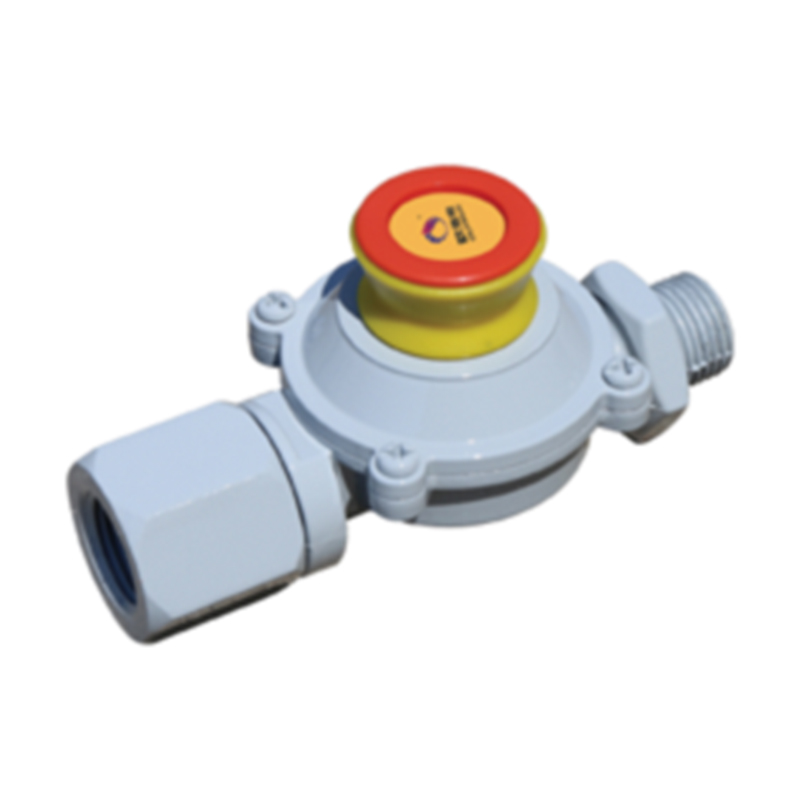
Oct . 05, 2024 22:10
Back to list
Understanding the Functionality and Advantages of Cyclone Separator Technology
Understanding Cyclone Separators An Essential Tool in Air and Gas Filtration
Cyclone separators are efficient devices used to separate particles from a gas or liquid stream without the use of filters. They operate based on the principle of centrifugal force and are commonly utilized in various industries, including petroleum, mining, and manufacturing, to improve process efficiency and reduce pollution.
At the core of a cyclone separator's functionality is its design. The device typically resembles a cylindrical shape, with a conical bottom. When the gas or liquid mixture enters the cyclone separator at a specific angle, it creates a swirling motion inside the chamber. This rotational motion forces the heavier particles to the outer walls of the separator through centrifugal action. As a result, the denser materials lose energy and are collected at the bottom of the cyclone, while the cleaner gas or liquid stream exits through an outlet at the top.
One major advantage of cyclone separators is their ability to handle large volumes of material with varying particle sizes. Unlike traditional filtration systems that rely on fabric or paper filters that can clog easily, cyclone separators can operate continuously and efficiently without frequent maintenance. This makes them particularly useful in industries where high throughput is essential.
cyclone separator

The efficiency of a cyclone separator is influenced by several factors, including the design of the cyclone, the flow rate of the incoming gas or liquid, and the dimensions of the particles being separated. Generally, a well-designed cyclone can achieve separation efficiencies ranging from 50% to 99%. However, it is important to note that while they are effective at removing larger particles, they may be less efficient for very fine particles. Consequently, how the cyclone separator is integrated into a larger filtration system often involves pairing it with other separation technologies, such as electrostatic precipitators or bag filters, to ensure comprehensive filtration.
Another noteworthy aspect of cyclone separators is their environmental benefits. By effectively removing particulates from industrial emissions, they help reduce air pollution and meet regulatory compliance standards. This contributes to healthier work environments and promotes sustainability, aligning industrial operations with environmental responsibility.
In addition to industrial applications, cyclone separators are increasingly being used in various other fields, such as HVAC systems for air purification, water treatment facilities to remove sediment, and even in agricultural settings for grain processing. Their versatility and effectiveness make them invaluable in maintaining clean outputs across diverse sectors.
In summary, cyclone separators are vital components in modern industrial processes. Their efficiency, low maintenance requirements, and environmental benefits highlight their importance in enhancing air and fluid quality. As industries continue to seek innovative solutions for waste management and environmental protection, the role of cyclone separators will undoubtedly become more significant in achieving sustainable operational goals.
Next:
Latest news
-
Safety Valve Spring-Loaded Design Overpressure ProtectionNewsJul.25,2025
-
Precision Voltage Regulator AC5 Accuracy Grade PerformanceNewsJul.25,2025
-
Natural Gas Pressure Regulating Skid Industrial Pipeline ApplicationsNewsJul.25,2025
-
Natural Gas Filter Stainless Steel Mesh Element DesignNewsJul.25,2025
-
Gas Pressure Regulator Valve Direct-Acting Spring-Loaded DesignNewsJul.25,2025
-
Decompression Equipment Multi-Stage Heat Exchange System DesignNewsJul.25,2025

